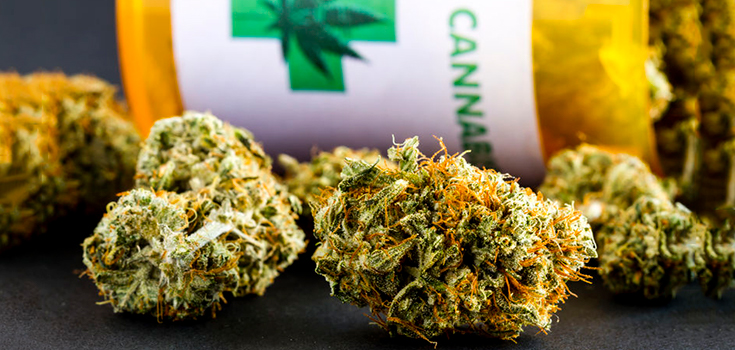August 1 is a Big Day for Medical Marijuana Patients in Minnesota
August 1 is a Big Day for Medical Marijuana Patients in Minnesota
Many hope the price of medical marijuana products will drop
For more than a year, Minnesota residents with a few serious medical conditions have been able to legally purchase medical marijuana.
For more than a year, Minnesota residents with a few serious medical conditions have been able to legally purchase medical marijuana. But now, as of August 1, nearly 500 registered patients with intractable pain will finally have access to it, too .
On July 29, state health officials said that 481 patients with severe pain had pre-registered through their doctors to obtain medical marijuana. Under state law, intractable pain is defined as pain that can’t be treated with traditional drugs or therapies. [1]
Offering medical marijuana to pain patients could bring relief to thousands of patients , and bring new customers into a program plagued by low enrollment and high prices .
Read: Vaporized Marijuana is a Safe and Effective Pain Treatment
One of those patients is 70-year-old Judy Severson, an Edina resident who has an inoperable cyst on her spine, fibromyalgia, and arachnoiditis – inflammation of the lining of her spinal cord that causes burning pain to shoot throughout her body.
“We take for granted the idea of meeting a friend for lunch, or ‘I have these errands to run,’ or ‘Let’s go for a drive.’ For me, right now, that’s not possible.”
Severson said she has tried nearly every opioid painkiller on the market and currently takes hydrocodone 5 times a day just to take the edge off her pain. She added:
“I’m not alone. There are so many people suffering, and suffering much worse than I am.”
Read: Marijuana may be a Viable Treatment for Fibromyalgia
Minnesota’s incredibly restrictive medical marijuana program launched in 2014 is quite small, and limits who can purchase marijuana, where they can purchase it, and in what form.
As of July 29, the Office of Medical Cannabis had 1,827 active patients. State planners had estimated that 5,000 people might enroll in the program’s first years – a drop in a bucket compared with the tens of thousands or hundreds of thousands of participants in other state programs.
However, that was before Minnesota opened the door to pain patients, which account for the vast majority of medical marijuana patients in other states. Advocates hope the surge of pain patients will help drive prices down .
Many patients with qualifying conditionshave been unable to get into the medical cannabis program because their doctor, clinics, or entire health systems have opted out and refuse to certify they have any one of the serious medical conditions that allow Minnesotans to legally purchase marijuana.
Hopefully, attitudes among health care providers will evolve. Researchers at the University of Georgia recently reported that doctors in the 25 states where medical marijuana is legal seem to write fewer prescriptions for opioid painkillers overall . Furthermore, when states legalize medical cannabis, overdoses seem to decline .
The University of Georgia study looked at Medicare prescriptions in the 17 states that had active medical marijuana programs between 2010 and 2013. The researchers discovered that doctors wrote hundreds fewer prescriptions for not just painkillers, but also antidepressants, anti-anxiety drugs, and sleeping pills . [2]
| About Julie Fidler: | |
| Julie Fidler is a freelance writer, legal blogger, and the author of Adventures in Holy Matrimony: For Better or the Absolute Worst. She lives in Pennsylvania with her husband and two ridiculously spoiled cats. She occasionally pontificates onher blog. | |
Other Popular Stories:

Post a Comment